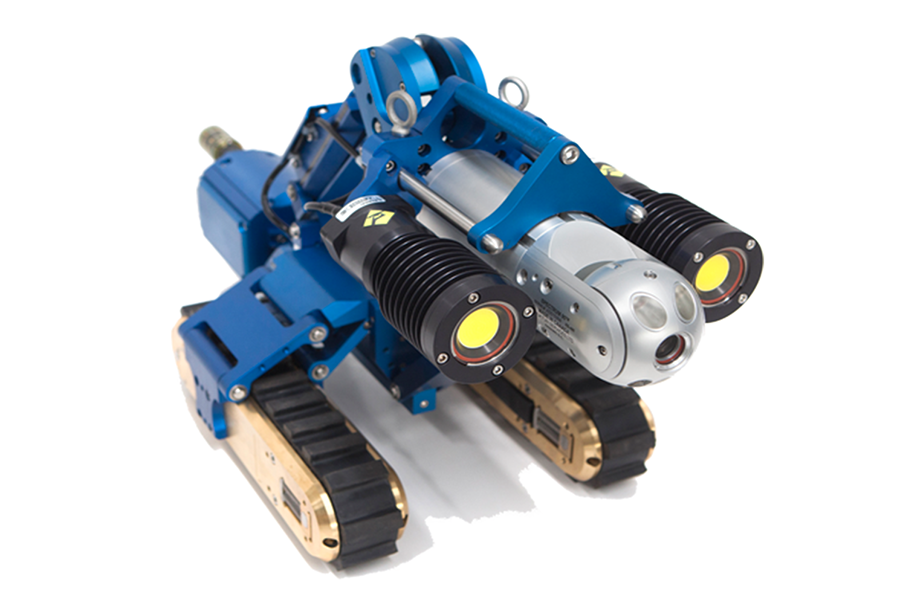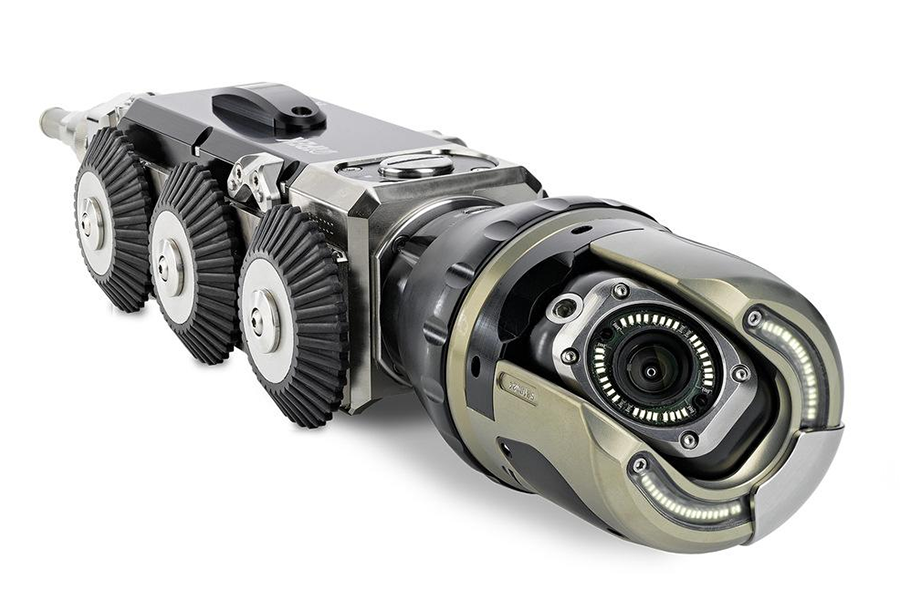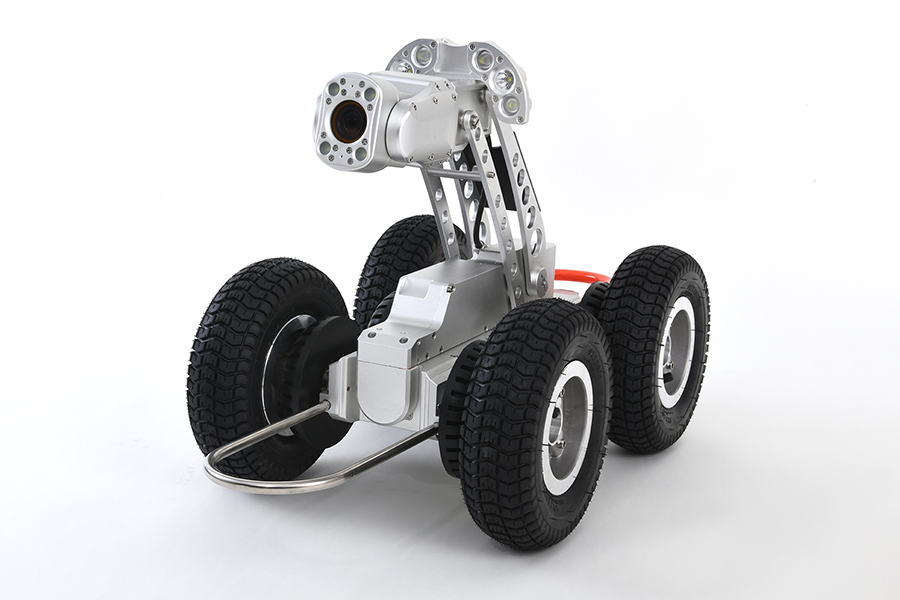
For motorists waiting for the light to turn green, the busy intersections in the centre of the city are like any other morning.

They are unaware that they are surrounded by reinforced concrete -- or, more precisely, on top of it. A few metres below them, a dazzling stream of light filtered through the darkness, spooking the underground "inhabitants".
A camera lens transmits images of wet, cracked walls to the ground, while an operator controls the robot and closely watches a display in front of it. This is not science fiction or horror, but a modern, everyday sewer renovation. Our motors are used for camera control, tool functions and wheel drive.
Gone are the days of traditional construction crews digging up roads and paralyzing traffic for weeks while working on sewer systems. It would be nice if the pipes could be inspected and updated underground. Today, sewer robots can perform many tasks from the inside. These robots are playing an increasingly important role in maintaining urban infrastructure. If there are more than half a million kilometers of sewers to maintain -- ideally, it won't affect life a few meters away.
It used to be necessary to dig long distances to expose underground pipes to find damage.


Today, sewer robots can perform assessments without the need for construction work. Smaller diameter pipes (usually shorter house connections) are attached to the cable harness. It can be moved in or out by rolling the harness.
These tubes are equipped only with rotary cameras for damage analysis. On the other hand, a machine mounted on a bracket and equipped with a multifunctional working head can be used for large diameter pipes. Such robots have long been used in horizontal pipes and more recently in vertical ones.
The most common type of robot is designed to travel in a straight, horizontal line down a sewer with only a slight gradient. These self-propelled robots consist of a chassis (usually a flat car with at least two axles) and a working head with an integrated camera. Another model is able to navigate through crooked sections of the pipe. Today, robots can even move in vertical tubes because their wheels, or tracks, can press against the walls from the inside. A movable suspension above the frame makes the device centered in the middle of the pipeline; The spring system compensates for irregularities as well as small changes in section and ensures the necessary traction.
Sewer robots are not only used in sewer systems, but also in industrial piping systems such as: chemical, petrochemical or oil and gas industries. The motor must be able to pull the weight of the power cable and transmit the camera image. For this purpose the motor needs to provide very high power at the smallest size.

Sewer robots can be equipped with very versatile working heads for self-actuating maintenance.

The working head can be used to remove obstructions, scaling and deposits or protruding sleeve misalignments through, for example, milling and grinding. The working head fills the hole in the pipe wall with the carrying sealing compound or inserts the sealing plug into the pipe. On robots with larger pipes, the working head is located at the end of the movable arm.
In such a sewer robot, there are up to four different driving tasks to deal with: the movement of the wheel or track, the movement of the camera, and the driving of the tool and moving it into place via a removable arm. For some models, the fifth drive can also be used to adjust the camera zoom.
The camera itself must be able to swing and rotate to always provide the desired view.
The wheel drive design is different: the whole frame, each shaft or each individual wheel can be moved by a separate motor. The motor not only moves the base and accessories to the point of use, it must also pull cables along the pneumatic or hydraulic lines. The motor can be equipped with radial pins to hold the suspension in place and absorb the force generated when overloaded. The motor for the robot arm requires less force than the radial driver and has more space than the camera version. The requirements for this powertrain are not as high as those for sewer robots.
Today, damaged sewer lines are often not replaced, but replaced with plastic lining. To do this, plastic pipes need to be pressed into a pipe with air or water pressure. To harden the soft plastic, it is then irradiated with ultraviolet light. Specialized robots with high-powered lights can be used for just that purpose. Once the job is complete, a multifunctional robot with a working head must be moved in to cut the lateral branch of the pipe. This is because the hose initially sealed all the entrances and exits of the pipe. In this type of operation, the openings are milled into hard plastic one by one, usually over a period of several hours. The service life and reliability of the motor are essential for uninterrupted operation.

